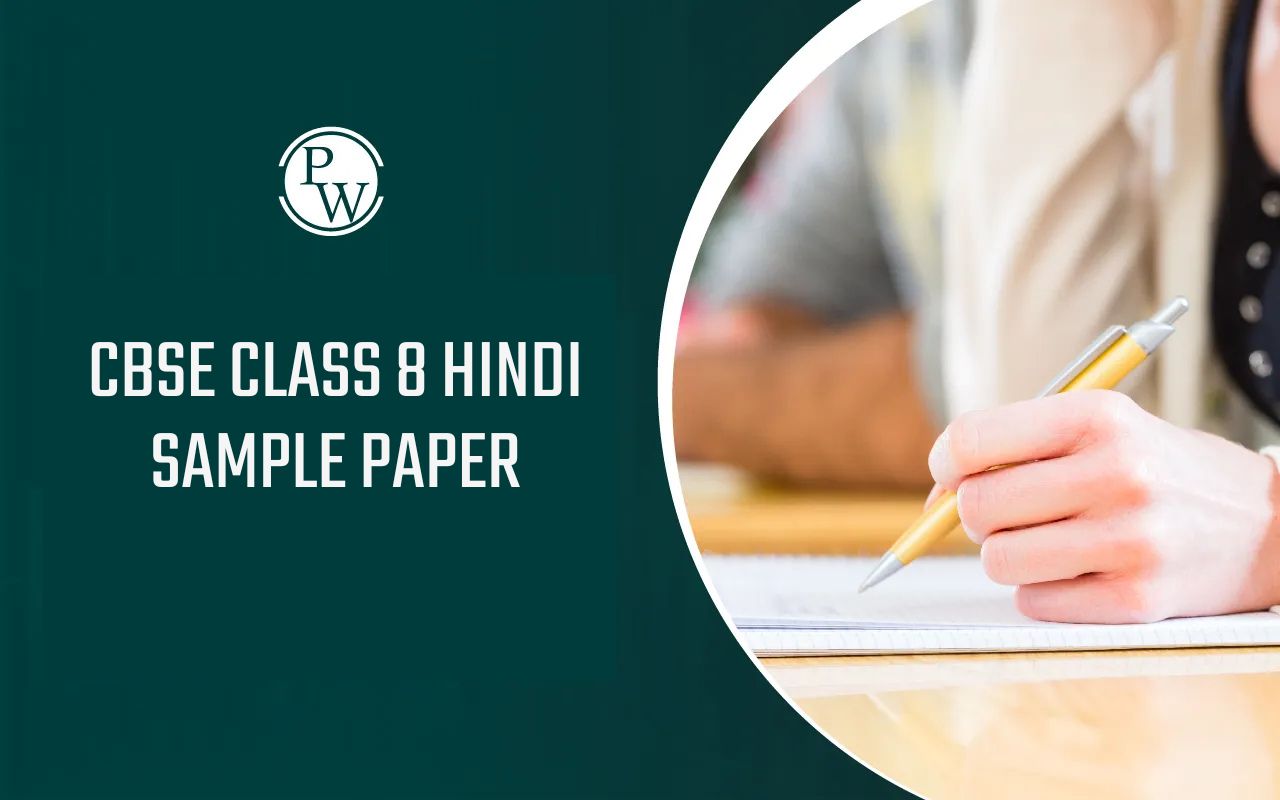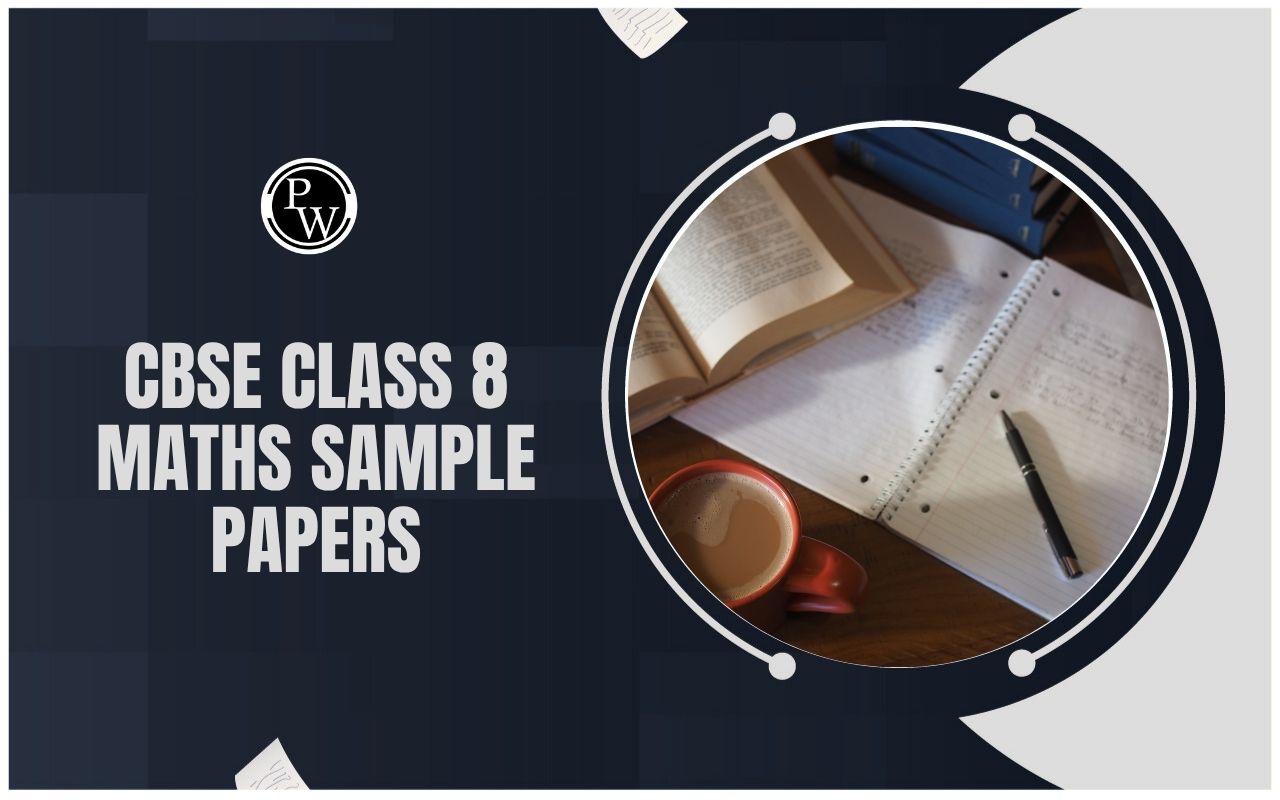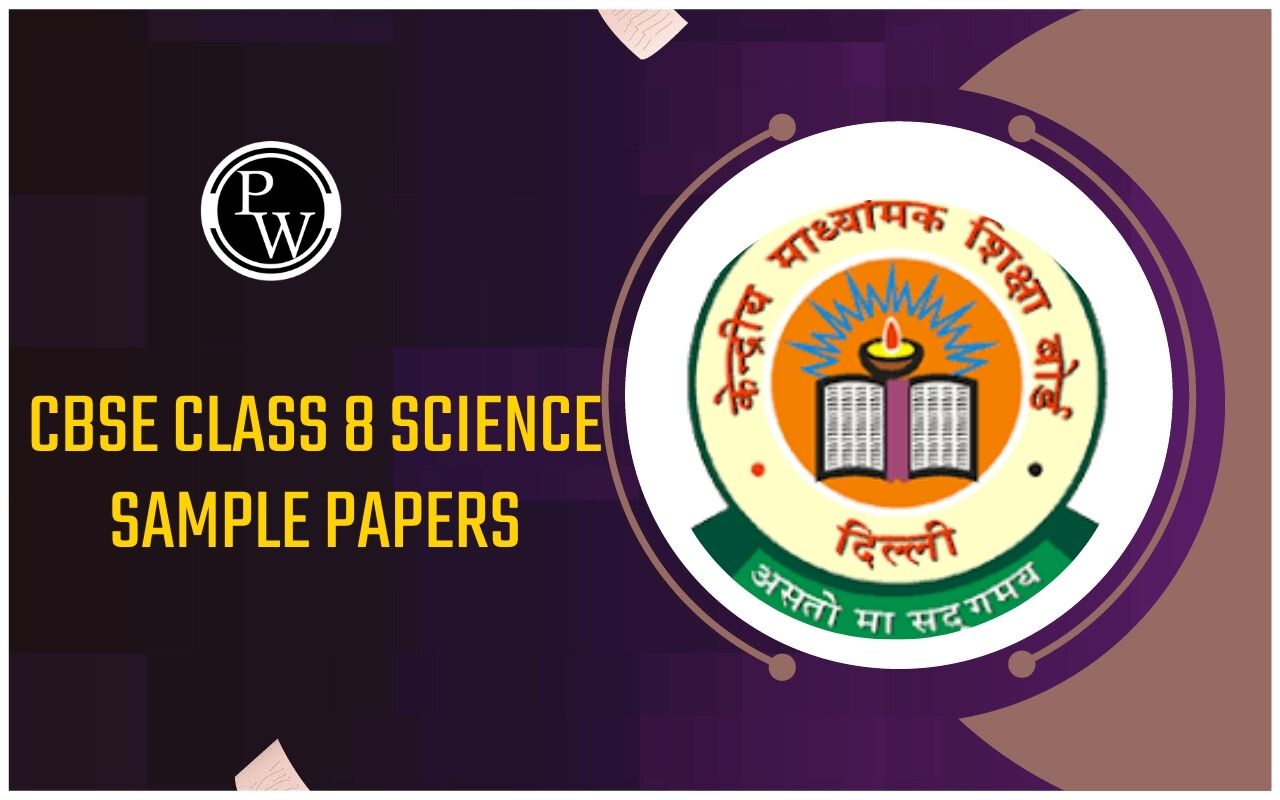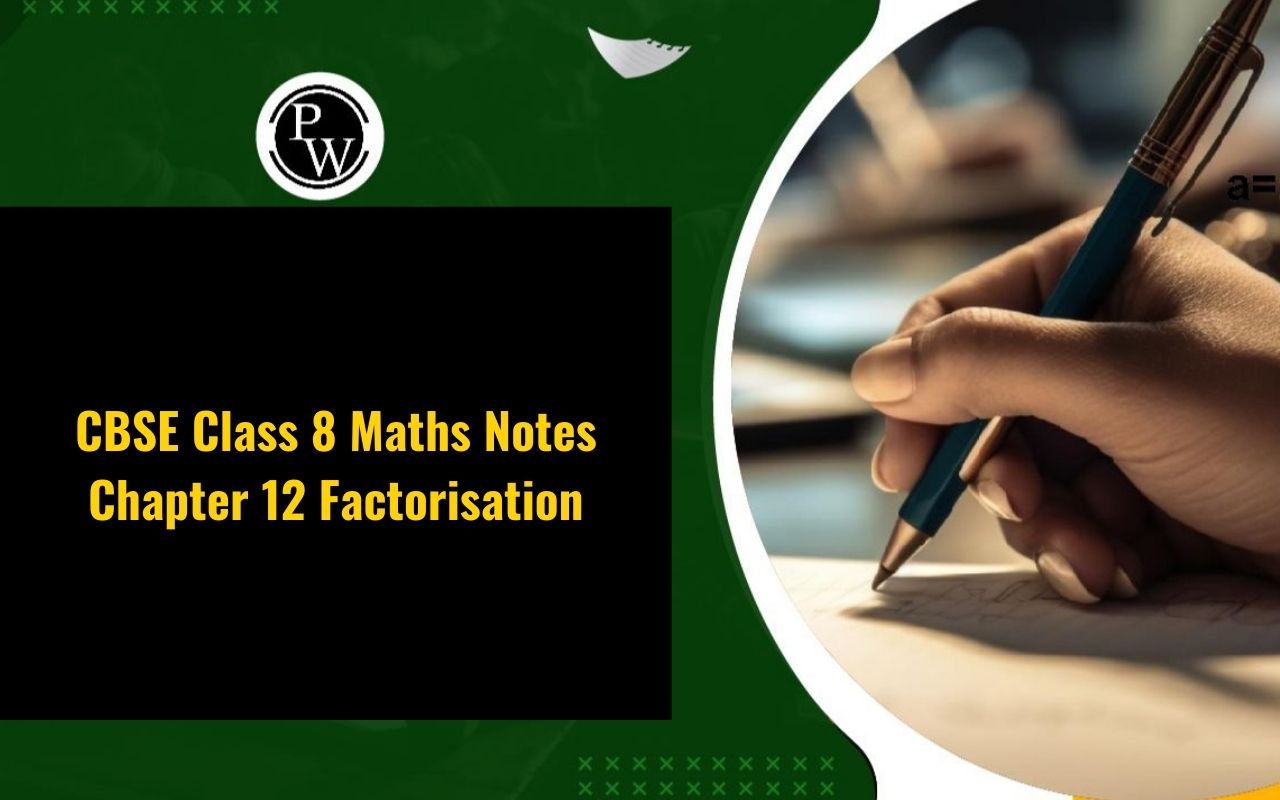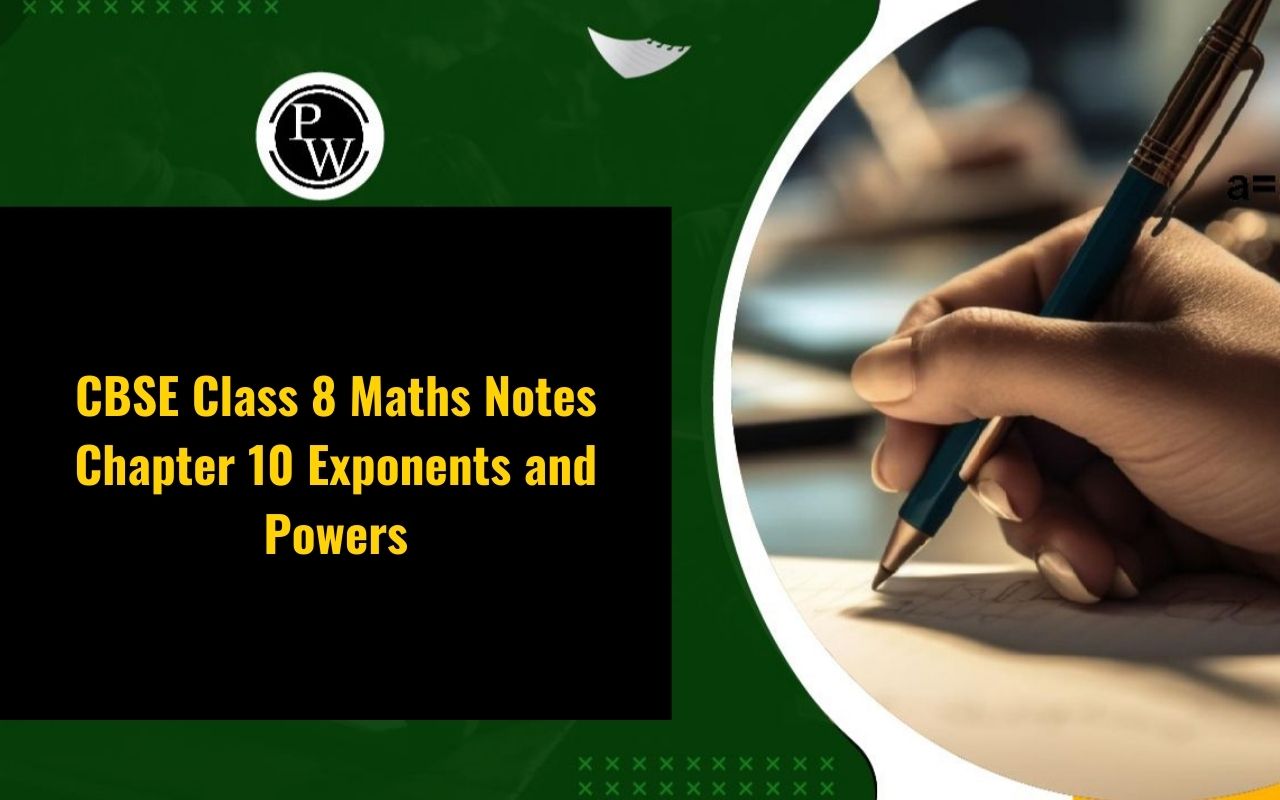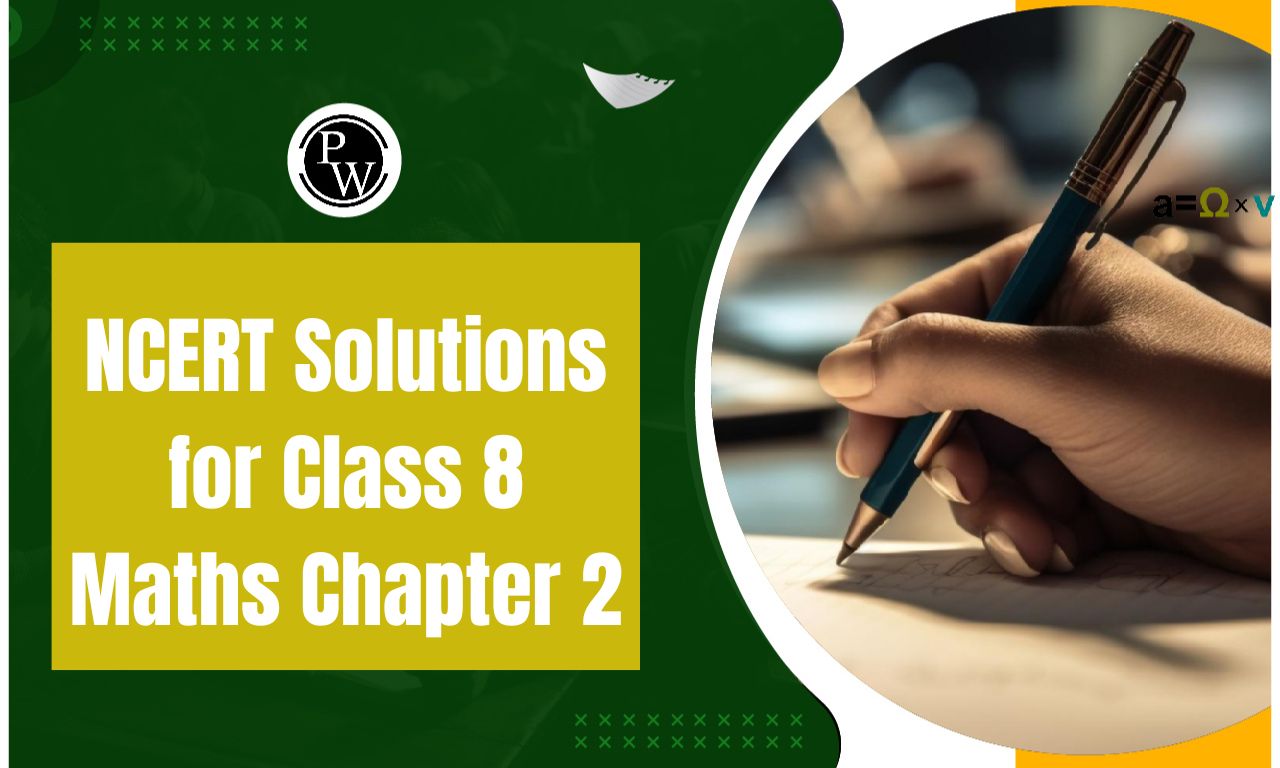Important Question Class 8 Maths Chapter 8 Comparing Quantities
Here are important questions from Chapter 8 Comparing Quantities for Class 8 Maths along with their solutions:
Q.1. If the ratio of the number of boys to girls in a class is 5:3, find the number of boys and girls if there are 30 students in total.
Solution:
Let the number of boys be 5x and girls be 3x. Total = 5x + 3x = 30.
x=3x = 3
x
=
3
. Boys = 15, Girls = 9.
Q.2. A shopkeeper marks the price of an article 25% above the cost price and allows a discount of 10% on the marked price. Find the selling price of the article.
Solution:
Marked Price = 125, Discount = 12.5. Selling Price = 112.5.
Q.3. If the price of an article increases by 20% and then decreases by 10%, what is the net percentage change in its price?
Solution:
Increase by 20% gives new price = 120. Decrease by 10% gives final price = 108. Net change = 8%.
Q.4. A person invested Rs. 8000 in two schemes A and B. He invested twice as much in A as in B. How much did he invest in each scheme?
Solution:
Let x be invested in B. A = 2x.
Total = 8000.
x=2666.67x = 2666.67
x
=
2666.67
. A = 5333.33, B = 2666.67.
Q.5. If 72% of 25 students like maths, find out the number of students who do not like mathematics?
Solution:
Given, 72% of 25 students like maths.
Hence, 72% of 25 = (72/100) × 25 = 18 students
Now, from 25 students, 18 students like maths
Thus, the number of students who do not like maths = 25 – 18 = 7 students
Q.6. A person goes shopping and spends 75% of his money. If he is now left with Rs. 600, find out how much he had in the beginning.
Solution:
Let “x” be the initial amount that he had in the beginning.
As per the given question, the person spent 75% of Rs.x and is left with Rs. 600.
So, the amount he spent = x – 600
=> 75% of x = x – 600
=> (75/100) × x = x – 600
=> 75x = 100x – 60,000
=>25x = 60,000
Or, x = 2400.
Thus, the person had Rs. 2400 initially.
Q.7. A shopkeeper bought two phones for Rs. 8,000 each. After selling the phones, there was a loss of 4% on the 1st phone while a profit of 8% on the 2nd phone. Calculate the overall gain or loss per cent on the whole transaction.
Solution:
As the shopkeeper bought both phones at Rs. 8000 each.
Total cost price = Rs. 16,000
Assume that the cost price of the 1st phone is Rs. 100
Consider the deal of phone 1,
As it is given, there is 4% loss, the selling price will be = Rs. 96
For CP = 100, SP = 96
So, for CP = 1, SP = 96/100
Now, given, CP = 8000
Hence, SP = 96/100 × 8000 = 7680
Thus, the selling price of 1st phone = Rs. 7680
Consider the deal of phone 2, there is an 8% profit.
Hence, the selling price will be = Rs. 108
For CP = 100, SP = 108
So, for CP = 1, SP = 108/100
Now, given CP = 8000
hence, SP = 108/100 × 8000 = 8640
Thus, the selling price of 2nd phone = Rs. 8640
Here, the total selling price will be = Rs. 7680 + Rs. 8640 = 16320
Now, it can be seen that,
Total selling price > total cost price i.e. Rs. 16320 > Rs. 16000
So, there is a profit of Rs. (16320 – 16000) = Rs. 320
Now, the overall profit percentage will be-
Profit% = (Profit/Total Cost Price) × 100 = (320/16000) × 100 = 2
Therefore, there is a total of 2% profit for the whole transaction.
Q.8. 72% of 25 students are good in mathematics. How many are not good in mathematics?
Solution:
Total number of students = 25
Number of good students in mathematics = 72% of 25
=
72
100
×
25
=
18
∴
Number of students not good in mathematics = 25 - 18 = 7
Q.9. If apples are bought at 11 for RS 10 & sold at 10 for RS 11.
Solution:
If apples are bought at 11 for Rs. 10 and sold at 10 for Rs. 11, the profit percentage is approximately 21%.
The calculation is as follows:
-
Cost Price (CP)
:
Rs.10/11 = Rs.0.9091 (approx)
-
Selling Price (SP)
:
Rs.11/10 = Rs.1.1
-
Profit per apple
:
Rs.1.1 - Rs.0.9091 = Rs.0.1909
-
Profit percentage
:
(Rs. 0.1909/Rs.0.9091) × 100 = 21% (approx)
The formula for profit or loss percentage is:
-
Profit or Loss Percentage = (Profit or Loss / Cost Price) × 100
Q.10. A furniture seller bought 20 tables for 120000 Rupees and sold this at a profit equal to the selling price of 4 tables. Find the SP of one table.
Solution:
Cost price of 20 tables is 120000 Rs
so cost of 1 table 120000/20=6000 Rs
let selling price of 1 table is x rupees
selling price of 4 tables is 4x rupees according to question profit equal to the selling price of 4 tables
so profit =4x
now we know SP-CP=profit
or 20x-120000=4x
or 16x=120000
or x= 120000/16=30000/4=7500 rupees
so SP of 1 table is 7500 rupees
Benefits of Solving Important Questions for Class 8 Maths Chapter 7
-
Understanding Key Concepts:
These questions cover essential topics like ratios, percentages, and proportions, helping students to grasp the underlying concepts thoroughly.
-
Exam Preparation:
Practicing these questions prepares students for their exams by familiarizing them with the types of questions that are likely to appear. This boosts confidence and improves their problem-solving skills.
-
Application of Concepts:
The questions often require applying mathematical concepts to real-world problems, which enhances critical thinking and the ability to solve practical problems.
-
Improved Problem-Solving Skills:
Working through different types of questions helps students improve their problem-solving speed and accuracy. They learn how to approach and solve complex questions more effectively.
-
Building Mathematical Foundation:
Regular practice of these important questions strengthens the foundational knowledge necessary for higher-level mathematics. It helps in retaining concepts and formulas better.
-
Identifying Strengths and Weaknesses:
By solving these questions, students can identify areas where they are strong and where they need to improve, allowing them to focus their study efforts more efficiently.


